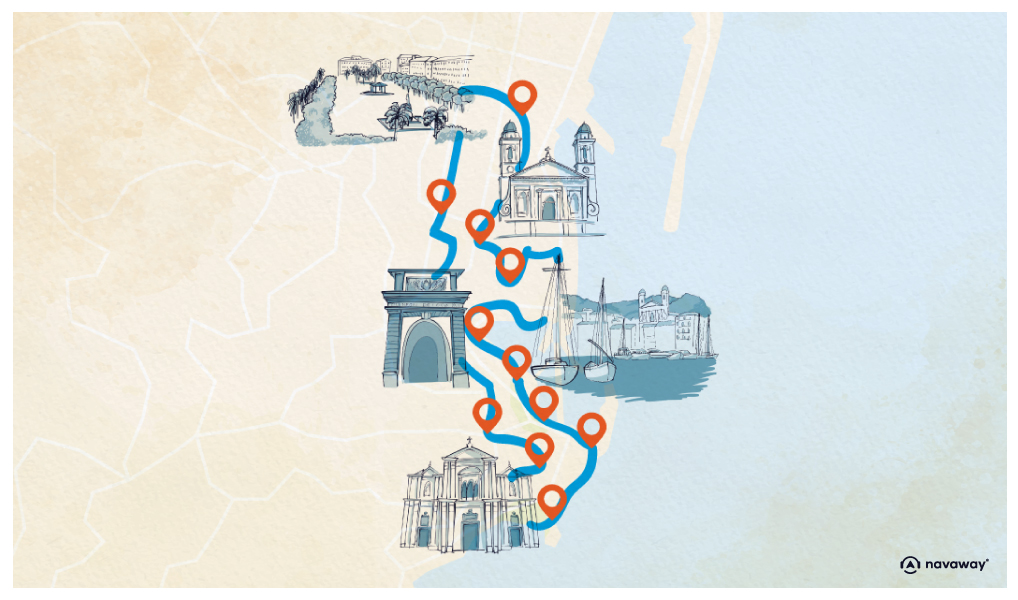
Sainte-Marie Cathedral of Bastia
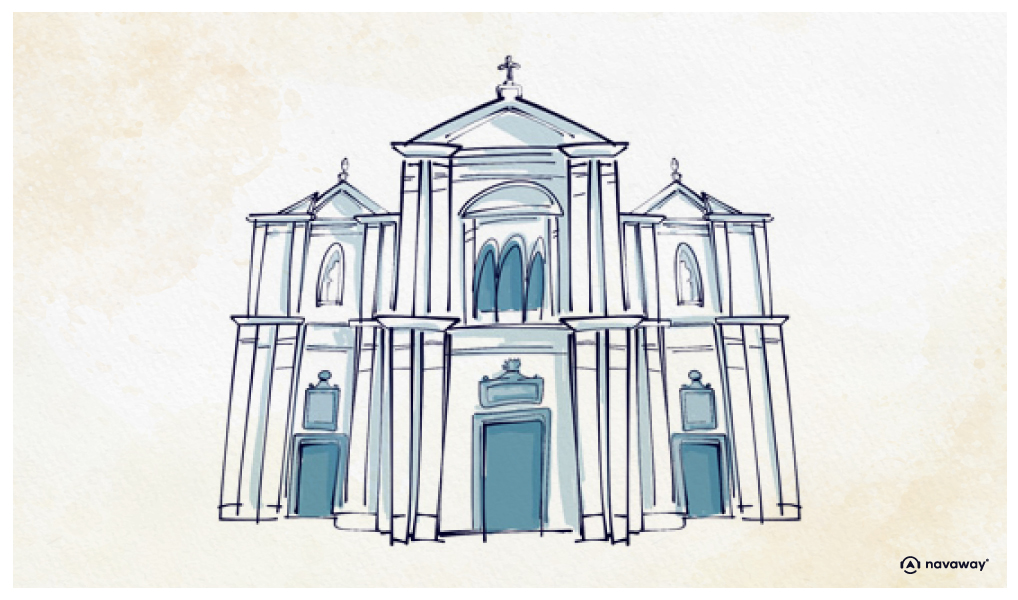
This point of interest is available as audio on the tour: Visit Bastia, The Pearl of the Island of Beauty
You’re now standing before one of the Citadel’s most striking landmarks: Sainte-Marie Cathedral.
The first church built on this rocky outcrop in the upper town dates back to 1488 and became an official cathedral a century later. The building you see today was completed in 1625, replacing the original structure, which was destroyed during conflicts with France.
The façade has changed over the years and now features a refined neoclassical style, quite different from the original design introduced in 1619. If the doors are open, feel free to step inside. The interior is well worth a look, with its splendid baroque decor.
The marble floor was designed by Paul-Augustin Viale and features three types of marble: white from Carrara, blue-grey from Corte, and red from Levanto. Look up and you’ll see beautifully painted ceilings by Tuscan artists, along with some intriguing details, like bishop’s hats hanging from the ceiling. These belonged to bishops who passed away in Bastia and are buried in the crypt below.
Inside the entrance, to your right, is a remarkable silver statue of the Virgin Mary, crafted in 1852. It’s carried through the streets each year during the grand procession held on August 15th. The cathedral’s organ, built in the 19th century, was made by the Serassi brothers of Bergamo.
This was the largest cathedral in Corsica during the Genoese era. It even had two thrones: one for the bishop, and another for the Governor, the island’s viceroy. The handover of power between governors took place here, making this a key historical site during your visit to Bastia.
Behind the cathedral stands another religious building: Sainte-Croix Church, or Santa Croce in Corsican. This oratory, accessible from Rue de l’Évêché, has a lavish baroque and rococo interior and houses the Crucifix of Miracles, also known as the Black Christ. This revered statue plays a central role in the annual procession held on May 3rd.
According to legend, the statue was discovered glowing in the sea by fishermen on the night of May 2nd to 3rd, 1428. It was first placed in Sainte-Marie Cathedral, but by the next morning, it had vanished, only to be found inside Sainte-Croix. The people of Bastia saw this as a miracle and chose to keep it there, honouring it with a local religious tradition.
Sainte-Croix is now a listed Historic Monument, just like the cathedral. It’s definitely worth stepping inside if it’s open when you walk past.

Discover other tours to visit Bastia
-
Visit Bastia
Governors’ Palace

Discover Bastia with app
An interactive guide through the most beautiful streets, squares, and districts
21 fun audioguides full of historical facts, anecdotes, and legends
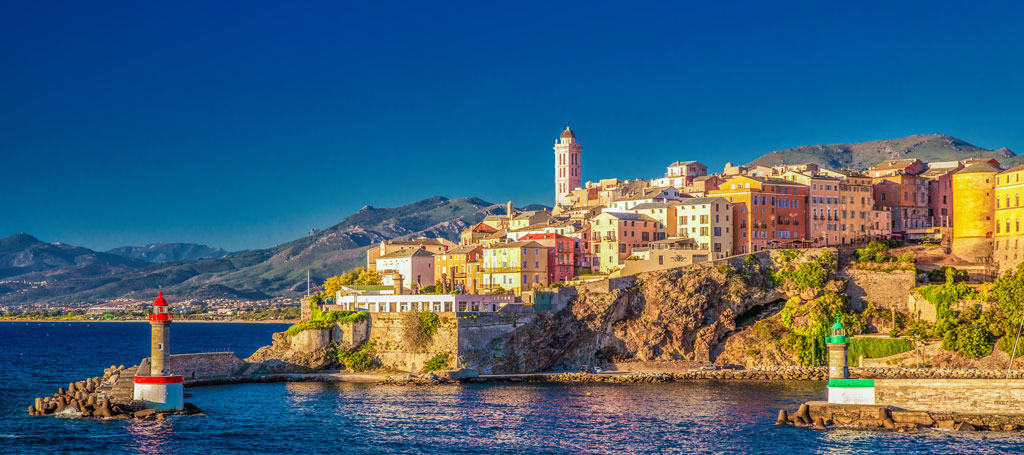
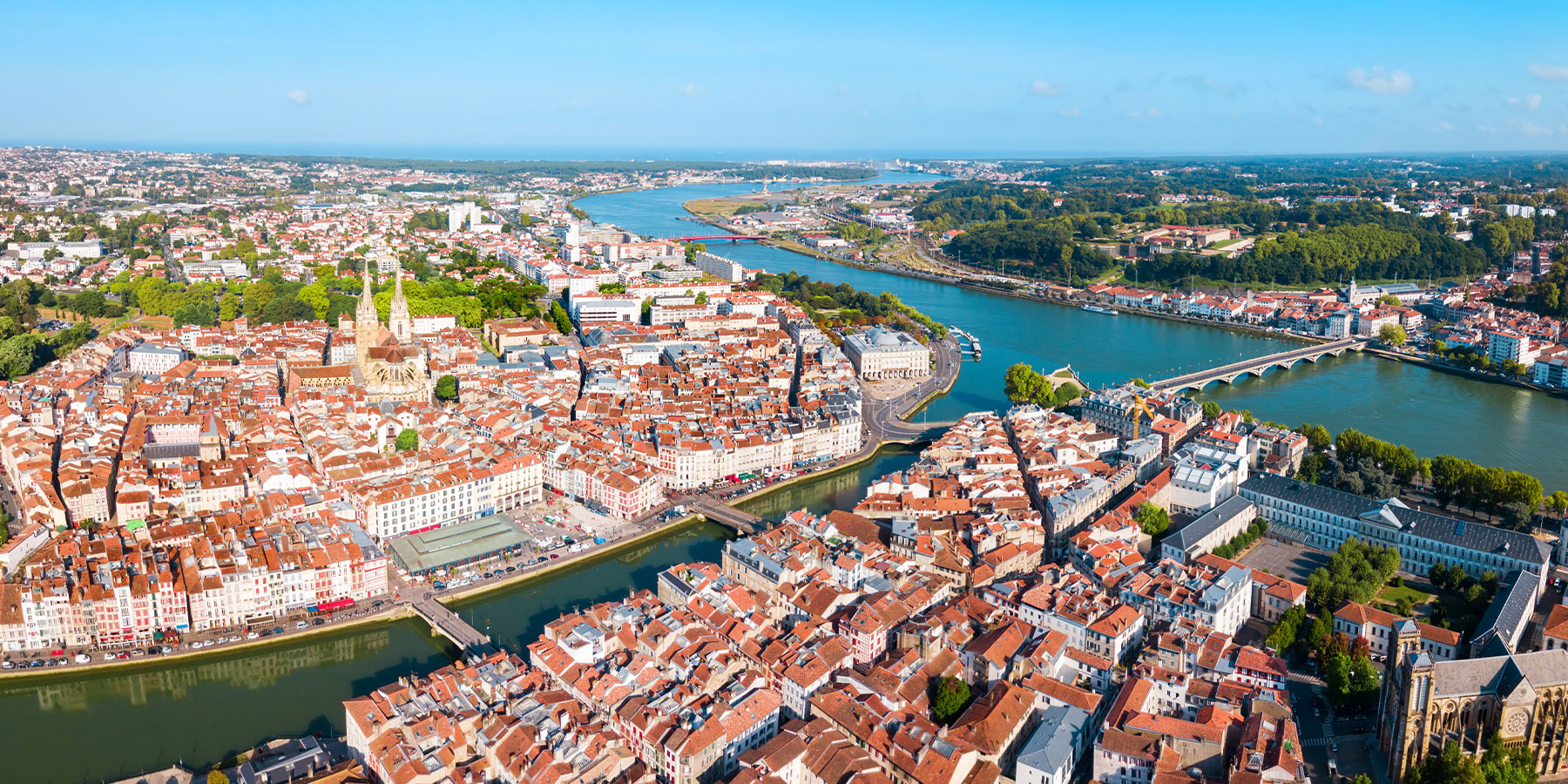
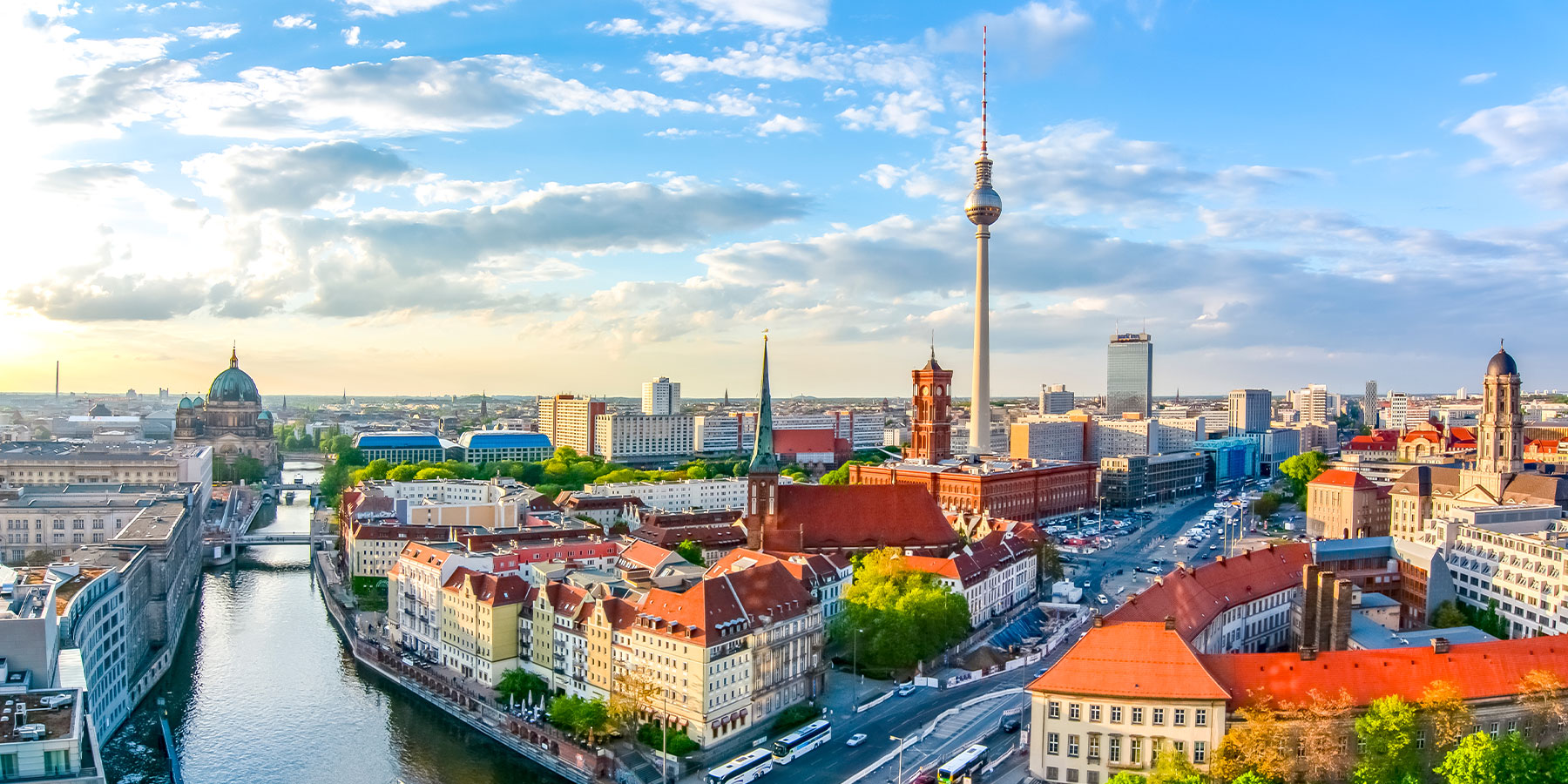

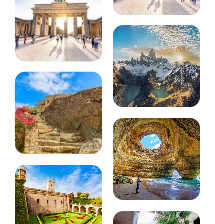

Comments